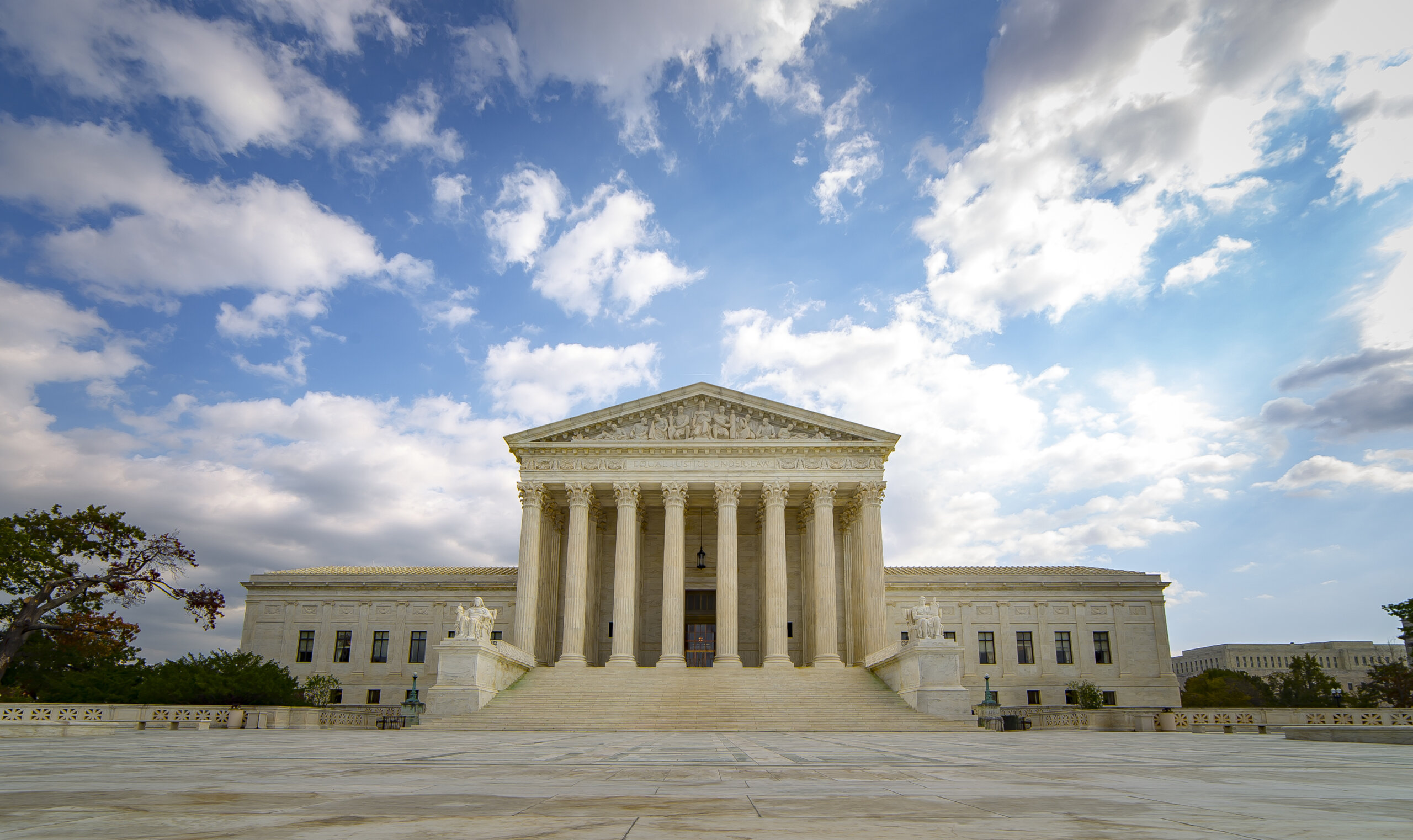Quick Hits
- Some federal courts applying Loper Bright have struck down agency rules.
- Sixteen states, as well as Puerto Rico and Washington, D.C., have acknowledged Loper Bright, though few states have addressed head-on its relation to their existing jurisprudence concerning the interpretation of state agency matters.
- While it largely remains to be seen how Loper Bright may be utilized at a state level, Loper Bright is likely to continue being used to challenge certain federal employment law rules or regulations in the future.
The Wake of Loper Bright
In Loper Bright, the Supreme Court overturned four decades of deference to federal agencies, known as Chevron deference, meaning that a federal court may no longer defer to an agency’s reasonable interpretation of a statute where the law is silent or ambiguous on a provision under the agency’s purview. Instead, the high court said, interpretation of federal law is within the jurisdiction of the federal courts.
Most notably, in the wake of Loper Bright, federal courts have struck down two new U.S. Department of Labor (DOL) rules issued under the Fair Labor Standards Act (FLSA). In November 2024, a federal judge of the U.S. District Court for the Eastern District of Texas vacated the DOL’s “white-collar exemption” rule, finding it exceeded the agency’s authority to “define and delimit” the exemption, and that the agency’s authority was not “unbounded.” That decision came after the U.S. Court of Appeals for the Fifth Circuit in August 2024 invalidated the DOL’s final tip credit rule, finding it contrary to the FLSA.
But Loper Bright is the gift that keeps on giving. States, too, have been left grappling with what impact the decision has on their interpretations of state law. To date, sixteen states, Puerto Rico, and Washington, D.C., have acknowledged Loper Bright, though few states have addressed it head-on.
Some states are bound by existing state law precedent embracing Chevron deference, meaning that courts are bound by existing jurisprudence until such time as a state’s highest court or legislature sets forth a new standard. For its part, in a recent case citing to it, the Court of Appeals of Georgia seemed eager to welcome in Loper Bright. Meanwhile, the Court of Appeals of Indiana recently took a more neutral approach, simply recognizing its precedential reliance on the doctrine of Chevron deference and applying it accordingly until it is changed by the Indiana Supreme Court or legislative enactment. Notably, Indiana’s legislature changed its deference to administrative agencies for any decisions made after June 30, 2024, which appears to align with Loper Bright principles.
A few high courts in states with existing Chevron deference have considered Loper Bright. For example, the Vermont Supreme Court recognized the change brought by Loper Bright but declined to decide the impact on its jurisprudence of the decision by distinguishing the holding from a recent matter before it. On the other hand, the Supreme Court of Hawaii made clear its rejection of both the Supreme Court’s reconsideration of long-standing precedent, generally, and its Loper Bright decision specifically, going so far as to note that “a court’s domain is the law, and judges should recognize the limits of their expertise.”
Not all states have adopted Chevron-like deference to administrative agencies, and thus already operate in accordance with Loper Bright’s analysis. The Michigan Court of Appeals, for example, wrote in a November 2024 decision,
Loper Bright is a federal case dealing with federal law and has no particular relevance to this state-law dispute. Indeed, Michigan has long understood that separation-of-powers concerns imply that courts do not defer to an administrative agency’s interpretation of law.
Other states, such as Colorado, Kentucky, Missouri, and Wisconsin, recognize the decision as additional legal support for their existing state jurisprudence.
Key Takeaways
A Trump administration working to make good on its campaign promises for deregulation and limitations on administrative agencies will likely benefit from the Loper Bright opinion as challenges to agency regulatory interpretation gain new traction in the courts.
Labor and employment law issues that may be vulnerable to attack could include Biden-era DOL child labor violation penalties and heightened investigation tactics, as well as some accommodation concepts and abortion-related provisions in the Pregnant Workers Fairness Act.
In many states, the federal decision in Loper Bright is just catching up to existing jurisprudence. In others, the courts can either wholesale reject Loper Bright or distinguish it from the facts of the cases before them until such time as their legislatures make new laws and policies or the courts (and states) are ready for such change.
Ogletree Deakins will continue to monitor developments and will provide updates on the Employment Law, Multistate Compliance, and State Developments blogs as additional information becomes available.
Follow and Subscribe







